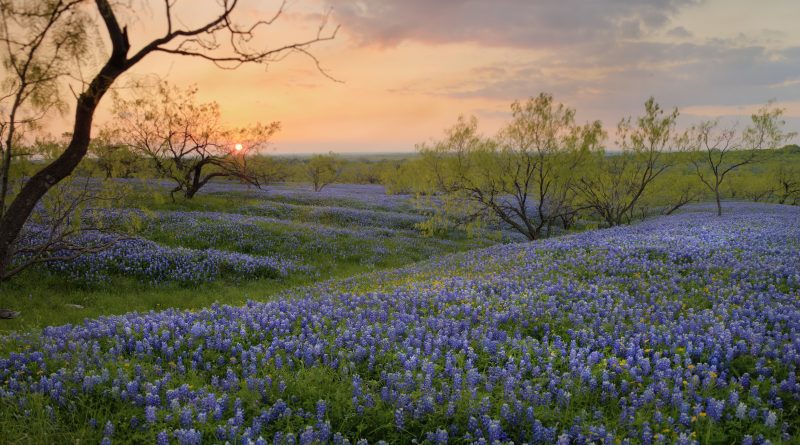Through Earl’s Eyes
Photographer spends career capturing Texas parks, wildlife
By Fred Afflerbach | Photos courtesy of Earl Nottingham and Chase Fountain
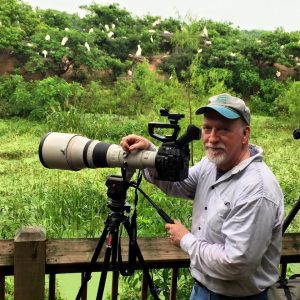
Growing up in Temple in the 1960s, Earl Nottingham spent a lot of time in the bathroom. Not that he was suffering from an extraordinary medical condition, rather, Nottingham had converted the family bathroom into a temporary darkroom. Decades before digital technology revolutionized photography, Nottingham was developing photographs the old-fashioned way — with film and chemicals and an enlarger.
From this humble beginning, Nottingham has forged a career as one of Texas’ foremost landscape photographers. From the salt and sand of the Gulf Coast, to the shadowy Piney Woods, to the Panhandle’s endless skies, to the dramatic cliffs and vistas and barren mountains of Big Bend National Park, Nottingham has spent a quarter century photographing an ever-changing landscape for the Texas Parks and Wildlife Department. His notable work in the department’s magazine has come to symbolize Texas’ diverse landscape.
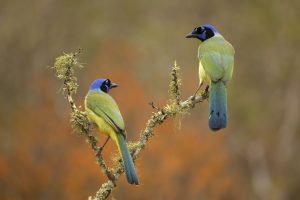
But, after 25 years as chief photographer at TPWD, Nottingham will retire March 31.
Louie Bond, editor at Texas Parks and Wildlife Magazine since 2008, says you can recognize a Nottingham photo by the mood. “And I think that mood is reverence. He has such a love and respect for nature. When he takes a photo, it’s sacred. And you can feel it — the light, the mist in the air, the framing of the shot. When you see it through Earl’s eyes, I just feel like it’s filled with love and reverence. And there’s a peacefulness that’s communicated in his photography,” Bond said. “A lot of photographers create dramatic landscapes, and Earl’s are certainly dramatic, but there’s a peacefulness to them as well. You would think that if I was in that place, I would feel really good right now.”
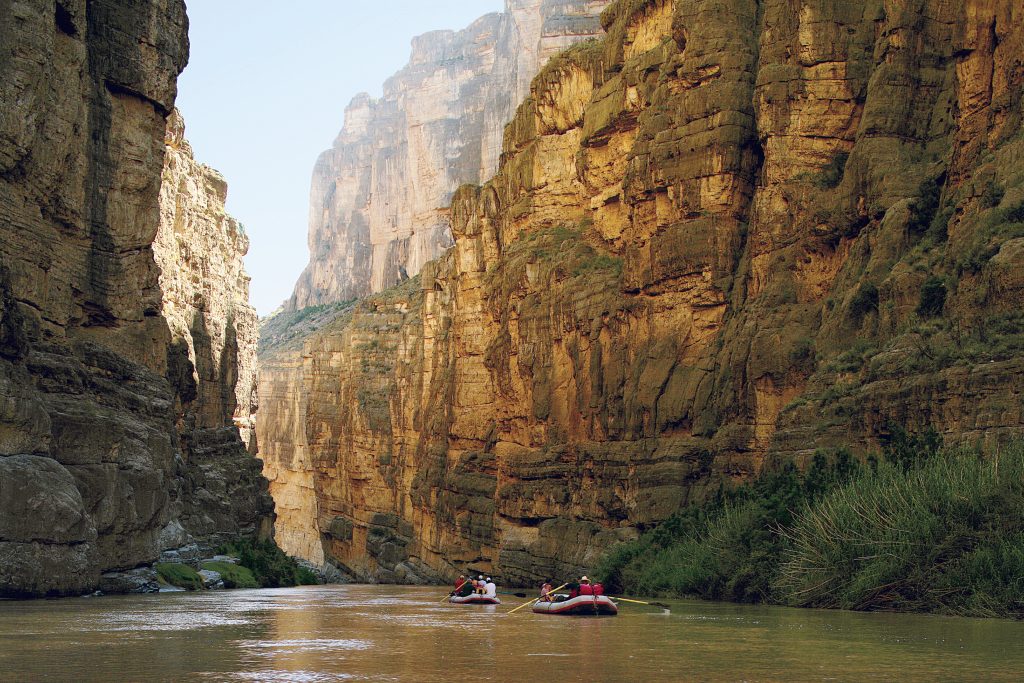
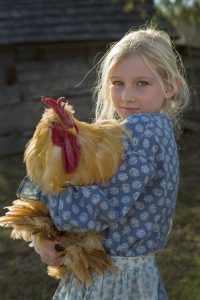
Capturing that mood, that reverence for nature, isn’t always a glamorous job. Nottingham has spent countless long nights sleeping in the front seat, and sometimes the bed, of his pickup, tripod, lenses, camera at the ready, waiting for the sun to appear from behind a mountain, or over breaking waves, or above a towering tree line. Nottingham says that more than anything else, light can transform an everyday photo into something special.
“Somebody said a good picture is nothing more than an ordinary subject and extraordinary lighting,” Nottingham recalled. “Here’s a mountain at Big Bend. I’ll schedule it at this time of day because I know the sun’s right. I’ll have that beautiful, warm lighting. Also it’s going to show the texture of the mountain. Now the moon’s coming up. I’m going to put it off to the side so it plays against the mountain. At the last second, a deer shows up on the ridge top, something you didn’t expect, like that little ah-ha.”
After working for the Temple High School yearbook and the Temple Daily Telegram, Nottingham earned a bachelor’s degree in photography at East Texas State University in 1978. Nottingham worked freelance in what he calls the lean years until 1996 when he landed the job at TPWD. Although he’s known mostly for his landscape photography, he also writes a regular column and shoots videos and environmental portrait photographs for the department. Besides TPWD Magazine, the accredited master photographer’s work has graced the pages of numerous state and national periodicals.
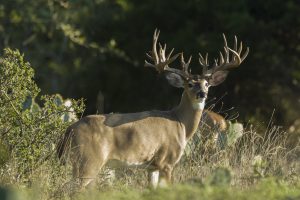
When hurricanes threatened the Gulf Coast, Nottingham deployed with Texas Game Wardens in their search and rescue missions. In 2005, he joined the wardens when they crossed a state line for the first time to help in the aftermath of Hurricane Katrina. The devastation in New Orleans — the terrified and thankful look on people’s faces as they were helped into the boats, a floating dead mule, and a shrimp boat grounded in trees — has left an indelible mark on his conscience.
“One of my favorite photos of his is rescuing a family,” Bond said. There’s this family and he’s got all of their expressions of despair and hope and everything that they’ve been through on their faces as these game wardens are rescuing them from the flood. The length that he went to get it shows how much he cares. Not only about getting a great photo but chronicling important things for Texas.”
In 2008, Nottingham and game wardens rode out Hurricane Ike in a sheriff department’s headquarters. After a long night with no sleep, Nottingham and the wardens patrolled in their air boats through the small community of Anahuac.
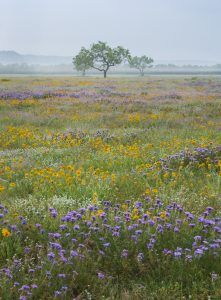
“This subdivision backed up to the bay,” Nottingham said. “And every snake within 100 miles had washed up on this shore. They had snakes in their backyard crawling up trees. One landowner, he’s out there with a shotgun just shooting snakes left and right. It was something out of a bad dream — water moccasins, rattlesnakes, but mostly moccasins.”
Always eager to embrace technology, Nottingham is now a licensed commercial drone pilot who employs drones to capture a view you can’t get at eye level. The drone he uses can take photos up to 400 feet above the ground.
“It gives you a whole new perspective on the scenery and the way people don’t normally see it. It’s a great tool,” Nottingham said. “We used to have to use a helicopter at Texas Parks and Wildlife, and it’s very expensive.”
Although Nottingham’s retiring from the TPWD, his work there is still accessible to the public. For those eager to learn from a master, he plans to lead workshops in the not-too-distant future. And Texas A&M University Press will be publishing an anthology of his work in fall 2021.

